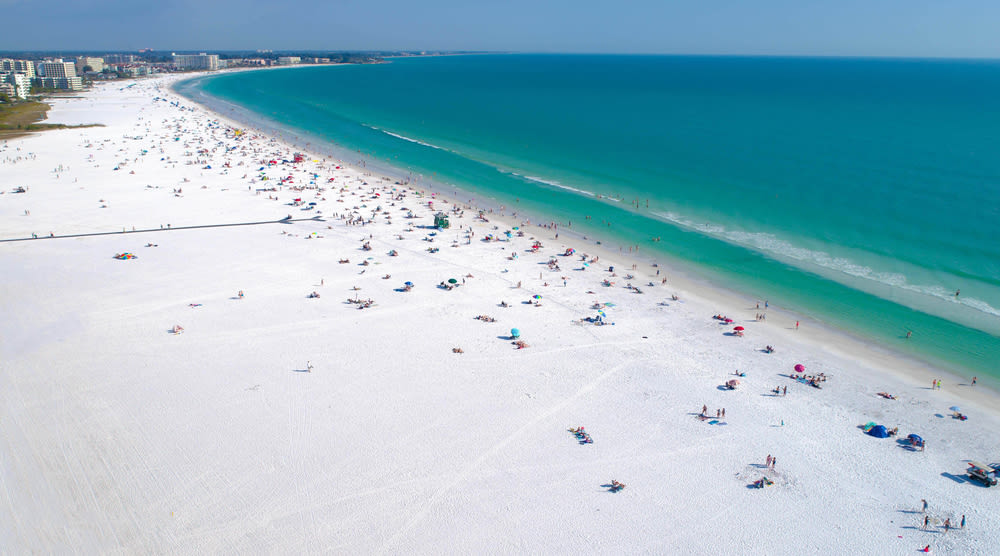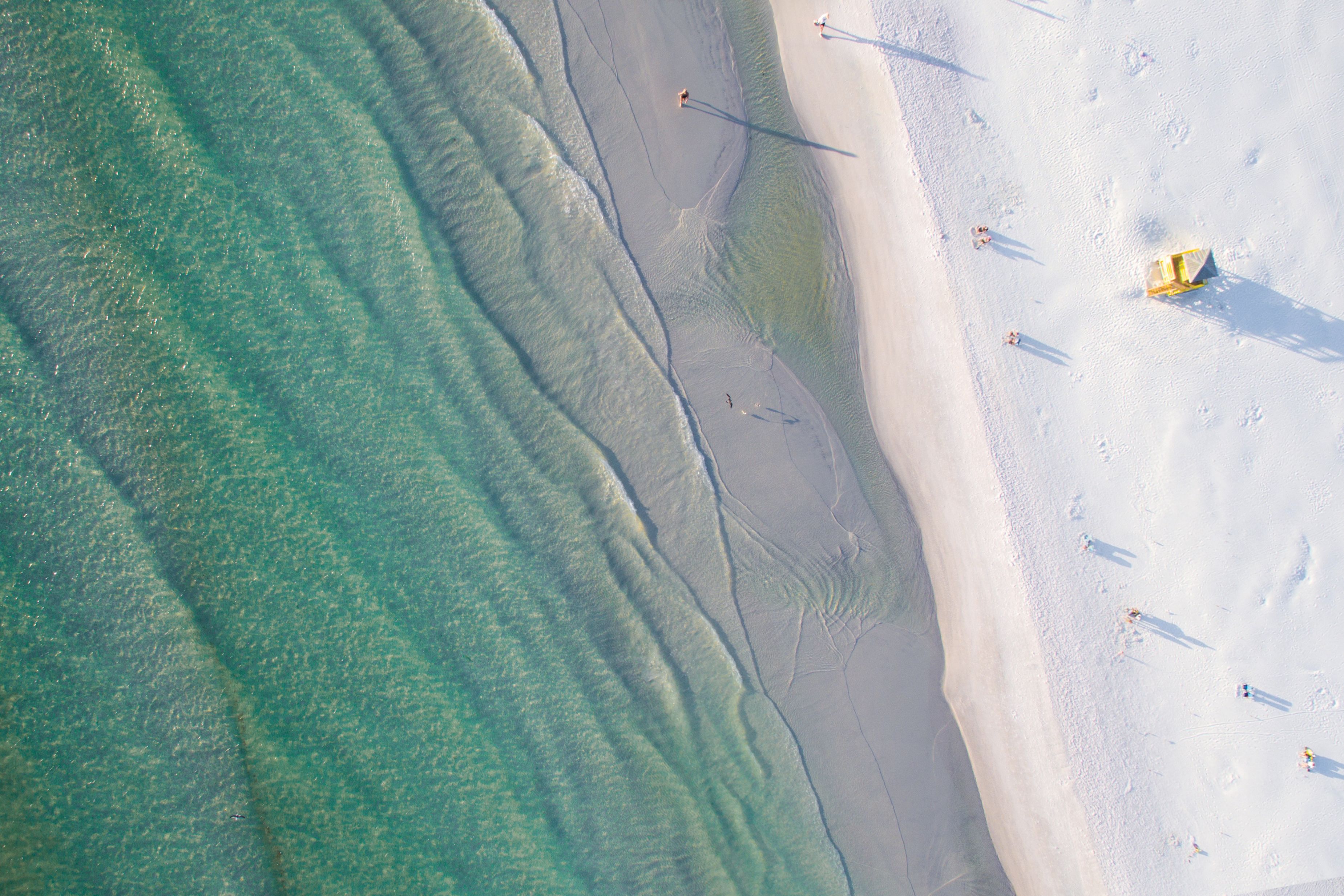No-Swim Advisory Issued for Multiple Sarasota County Beaches

Update, Saturday, 8/13: The no-swim advisories have been lifted. Sarasota Department of Health officials received testing results that were at a satisfactory level for enterococcus bacteria meeting both the U.S. Environmental Protection Agency (EPA) and state recreational water standards. Residents and visitors may return to swimming and other water sports at these beach sites.
Sarasota County health officials have issued precautionary “No Swim” advisories for Siesta Key Beach, North Lido Beach and Lido Casino because the amount of enterococcus bacteria found during water quality testing on Monday, Aug. 8, was outside acceptable limits.
Beaches remain open, but wading, swimming and water recreation is not recommended when no swim advisories are in place. You should also not eat shellfish, such as crabs and shrimp, collected in the immediate area of any beach with a no-swim advisory in place. Finfish caught live and healthy can be eaten if filleted.
Signage advising the public not to swim or engage in water recreation will stay in place until follow-up water testing results meet the EPA’s recreational water quality standards. The Florida Department of Health in Sarasota County has resampled the beaches today, and expect those results late afternoon tomorrow.
Enterococcus bacteria can come from a variety of natural and human-made sources, including pet waste, livestock, birds, land-dwelling and marine wildlife, stormwater runoff, and human sewage from failed septic systems and sewage spills. In this case, the cause of the elevated bacteria levels is likely due to natural sources from a wrack line of decaying algae around the rocks and along the shoreline. Wrack lines, which provide food for shorebirds and wildlife, act as natural bacteria reservoirs. Additionally, significant rainfall amounts may be contributing to the higher bacteria levels by washing accumulated pollutants from the land surface into waterways.
If you're planning a trip to a local beach, be sure to check Mote Marine Laboratory & Aquarium's Beach Conditions reports or ourgulfenvironment.net for up-to-date news and information.



